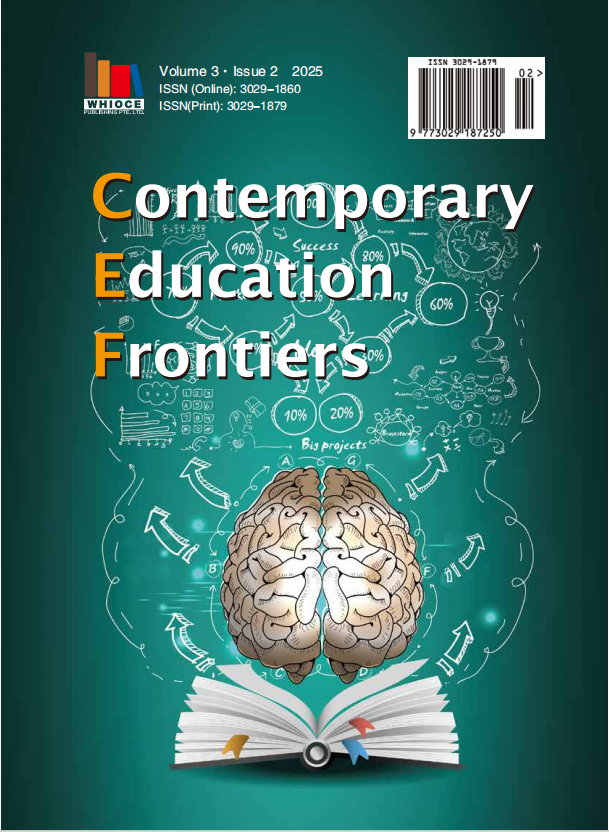Differentiated Research on the Teaching Effectiveness of University Physical Education Courses: An Empirical Analysis Based on Institutional Level, Disciplinary Type, and Grade Level
DOI:
https://doi.org/10.18063/cef.v3i2.729Keywords:
Teaching effectiveness, Institutional level, Disciplinary type, Grade level, Structural equation modelingAbstract
This study aims to explore the differences in the teaching effectiveness of physical education in Chinese universities across various institutional levels, disciplinary types, and grade levels, as well as the interaction mechanisms among these factors. Based on Bandura’s self-efficacy theory [1], a three-dimensional analytical model of “institutional level–disciplinary type–grade level” is constructed. The core indicators of the model include “teaching cognition,” “teaching emotion,” and “teaching expectation,” supplemented by variables such as “mastery of motor skills” and “development of healthy behaviors.” Empirical tests are conducted using data from 2,160 questionnaires collected from nine universities—including double-first-class universities, regular undergraduate institutions, and private colleges—along with teacher interviews and classroom observation records. The results indicate that double-first-class universities exhibit significant advantages in terms of physical education resource allocation and incentive mechanisms. Engineering students in these institutions tend to develop high teaching effectiveness based on rational cognition, whereas liberal arts students rely more on emotional resonance. In regular undergraduate institutions, a reversal phenomenon is observed in disciplinary effectiveness, which significantly declines with increasing grade level. In private colleges, the effectiveness scores of students in arts disciplines display considerable fluctuations, while non-arts students face a dramatic risk of decline. This paper further discusses the intrinsic mechanisms of resource allocation, cognitive thresholds, and institutional constraints, and offers practical recommendations such as establishing interdisciplinary courses integrating “physical education + major,” developing credit systems, and implementing formative evaluation mechanisms, to provide both theoretical and practical guidance for physical education reform in different types of higher education institutions.
References
Bandura A, 1997, Self-efficacy: The Exercise of Control, Freeman, New York.
Zhang R, 2018, The Development and Validation of the Teaching Efficacy Scale for University Physical Education Teachers. Sports Science, 38(5): 76–84.
Li W, 2020, An Empirical Study on the Differences in Physical Activity Among University Students from Different Disciplines. Journal of Beijing Sport University, 43(2): 112–120.
Ministry of Education, 2020, National Standards for the Construction of Physical Education Facilities in Regular Universities, Higher Education Press, Beijing.
Piaget J, 1972, The Principles of Genetic Epistemology, Routledge & Kegan Paul, London.

